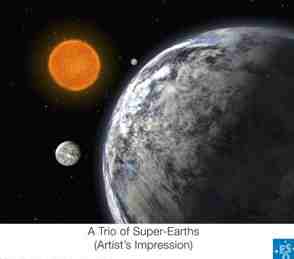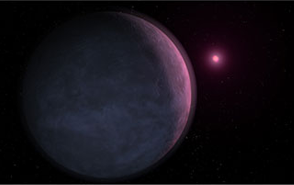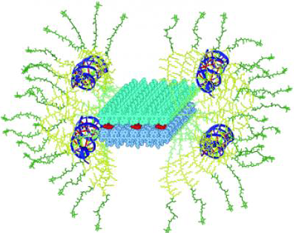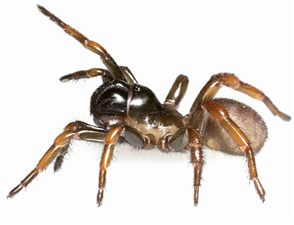New window on solar energy
Engineers at Massachusetts Institute of Technology have devised a better way to get energy from the sun.
10-July-2008
Thumbs-up to Einstein
Extreme star system supports general theory of relativity.
3-July-2008
Bird tree of life redrawn
The biggest ever study of bird genes has redrawn their tree of life - and thrown up a whole lot of surprises.
26-June-2008
Lizards pull a wheelie
Lizards get up on two legs in the same way that bikers do a wheelie. And they do it deliberately, say Australian scientists
13-June-2008
Behind the mask
Scientists have been probing the living brain to find out what is happening when we are aware of some sounds and mask out others - "the cocktail party effect".
9-June-2008
Mountain ranges rise rapidly
The Andes Mountains went through a spurt in growth that doubled their height in a far shorter time than was thought possible, according to new research.
5-June-2008
Cool bacteria
Scientists have discovered a new species of bacteria that has been buried in a Greenland glacier for 120,000 years. It is still alive.
3-June-2008
Giant flying reptiles liked to walk
The largest flying flesh-eaters ever seen on Earth walked on their hind legs and grabbed their prey by bending down and snatching it up in their enormous bills.
27-May-2008
First dinosaur tracks ever seen in Arabia
Scientists have found the first dinosaur tracks on the Arabian Peninsula. They belong to a large ornithopod dinosaur, and there are also signs of sauropods walking together along a Mesozoic mudflat.
20-May-2008
Scientists solve bird beak mystery
A team of mathematicians and engineers have shown how shorebirds use their long, thin beaks to defy gravity and get food into their mouths.
15-May-2008
The distant universe and the English spy
Astronomers on a mountain-top in Chile, where scenes for the next James Bond movie are being filmed, have been spying on the distant universe.
12-May-2008
New light on earliest Americans
The remains of a dozen huts in a peat bog 500 miles south of Santiago have provided new evidence of the earliest human settlement in the Americas.
8-May-2008
Biggest explosion ever seen
Early on Wednesday morning NASA’s Swift satellite detected an explosion from deep space that was so powerful its afterglow could be seen by the naked eye. But the explosion happened halfway across the visible universe.
21-March-2008
Coral reefs in acid oceans
Carbon emissions from human activities are not just heating up the world. They are changing the ocean’s chemistry. This could soon be fatal to coral reefs.
14-Dec-2007
Modern humans evolving fast
New research shows that humans have been evolving rapidly for the past 40,000 years. This challenges the widespread belief that human evolution has slowed to a crawl or even stopped.
10-Dec-2007
Big bang for flowers
The Tree of Life for flowering plants has been drawn using the largest ever set of data.
26-Nov-2007
Foreman in the brain
Scientists have found a master molecule in the brain that runs the show when we learn new information and skills.
21-Nov-2007
Fresh water from the nucleus
Fresh, clean drinking water wherever it is needed would save lives, promote good health and even prevent war. Nuclear power may be the answer.
20-Nov-2007
Giant supernova mystery
SN 2006gy was the brightest supernova astronomers had ever seen. Scientists at the University of California, Santa Cruz think they know what happened.
14-Nov-2007
Don't forget the fats
Fish, omega-3 oils, fruit and vegetables may lower your risk of dementia and Alzheimer’s disease. But omega-6 oils could increase it.
12-Nov-2007
Cinnamon genes
The cat genome has been sequenced for the first time, using samples from an Abyssinian cat called Cinnamon.
31-Oct-2007
Adult stem cells are different
Embryonic and adult stem cells control their "stemness" in very different ways.
10-Oct-2007
Sabre cat bit like a pussy cat
Fearsome Ice-Age predator had wimpy bite, say Australian scientists.
1-Oct-2007
Magnetic attraction
Magnets are used by many people to relieve pain. But do they?
24-Sep-2007
Was it warm or was it cold?
Scientists shed new light on how stars were born in the early universe, 13 billion years ago.
13-Sep-2007
Real science is a fascinating, absorbing, endlessly varied and exciting subject. But school science can seem dull, dusty and irrelevant to some young students. The news stories and science teaching resources on this website should ensure that the kids you teach are not among them.

RSS feed for this website
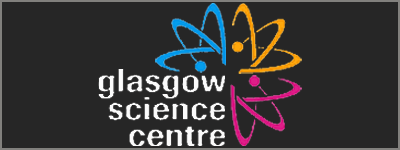
Glasgow Science Centre

Learning and Teaching Scotland: science

Glasgow Science Festival
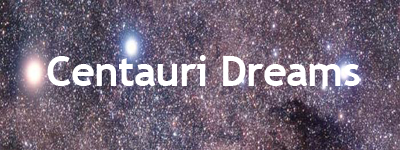
Centauri Dreams

Teachers' Domain

Science teacher resources

Digital Library for Earth System Education
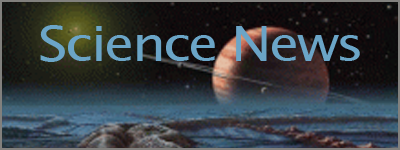
Science News

Wellcome Trust news

Science Museum
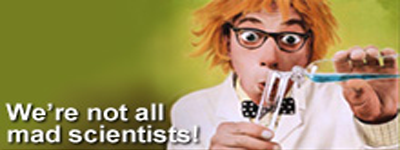
Ask a biologist

Discovery Education School Resources
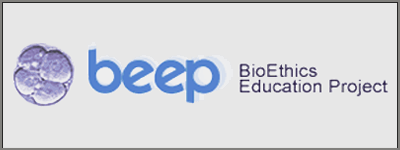
BioEthics Education Project: Working with discussion

Science News for Kids


